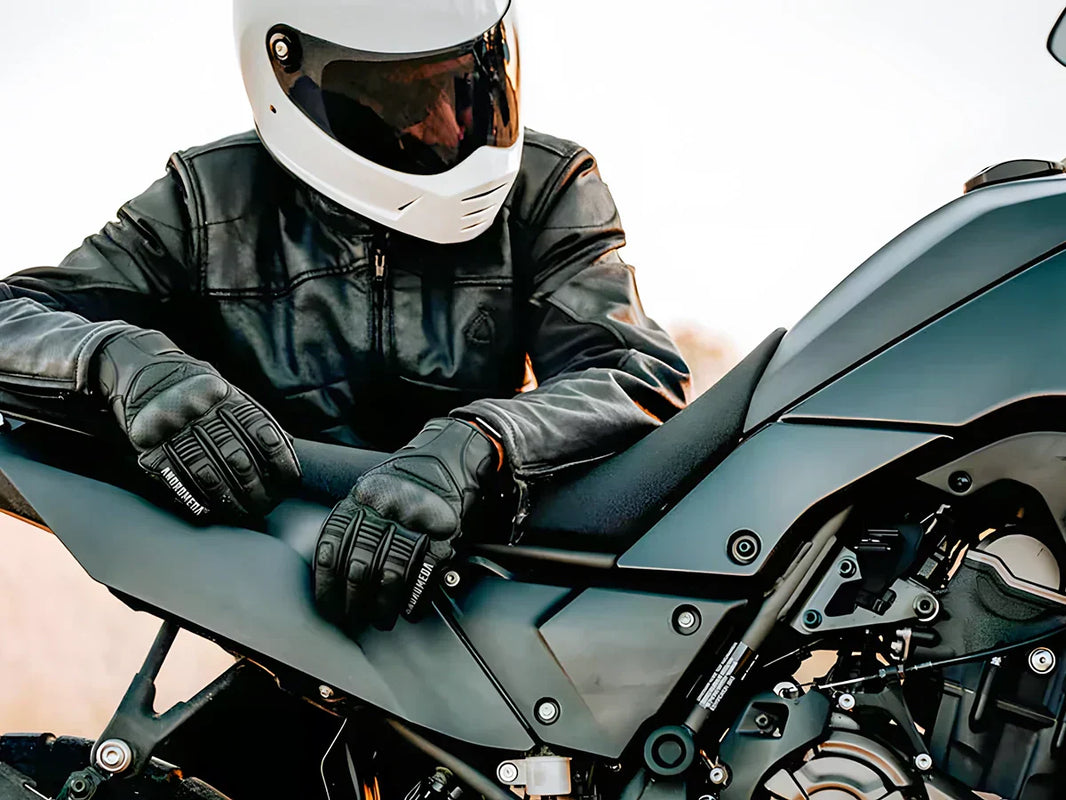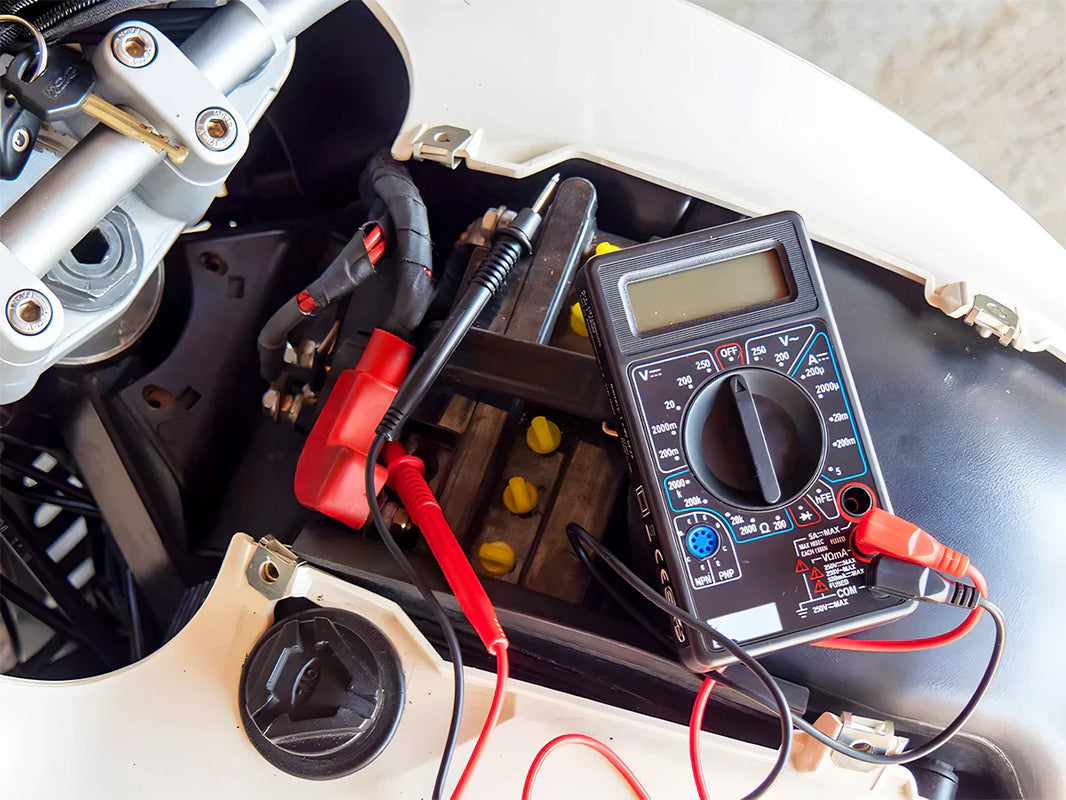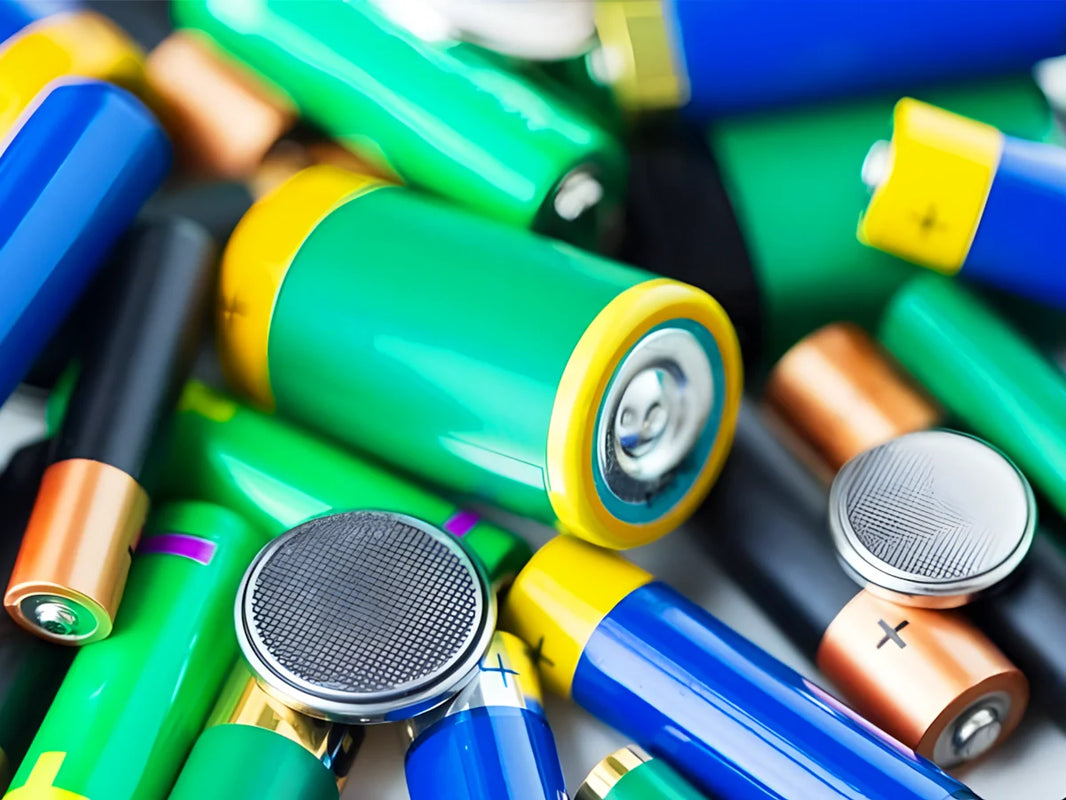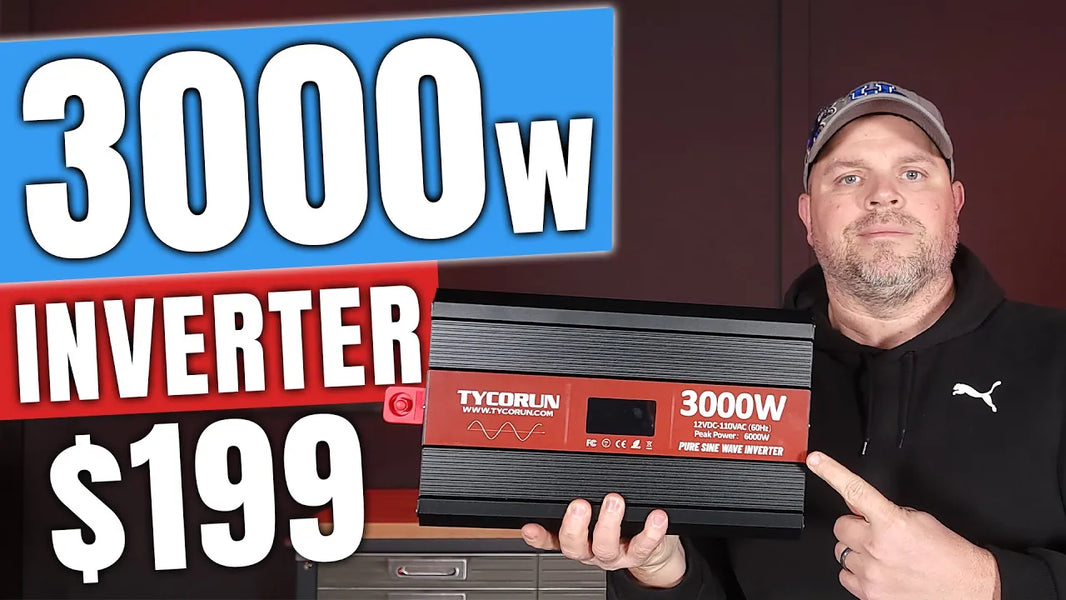
Applications in the aviation field
At present, lithium-ion batteries are mainly used in unmanned small/micro reconnaissance aircraft in the aviation field. In the 1990s, the U.S. Department of Defense Advanced Planning Agency (DARPR) decided to study small/micro UAVs to perform battlefield reconnaissance. By the year 2000, several small unmanned reconnaissance aircraft began to test flights, and they were put into use in the Afghanistan War and the Iraq War. After the inspections of the two wars, the response was very good. One of the most famous is the "dragoneye" UAV developed by Aero Vironment (Figure 1). The "Longan" drone weighs 2.3kg and has a ceiling of 90~150m. It uses lithium-ion batteries as a power source. When flying at a speed of 76km/h, it can fly for 60 minutes. It has the characteristics of fully automatic, returnable and handheld launch. According to reports, the US Marine Corps plans to equip each company with "Longan" small unmanned reconnaissance aircraft.

Figure 1 - “Dragoneye” and "Wasp" unmanned reconnaissance aircraftunmanned reconnaissance aircraft
Following the success of the small unmanned aerial vehicle, another micro unmanned reconnaissance aircraft succeeded in its test flight, such as the "Wasp" UAV launched by Aero Virohment, as shown in Figure 1(c). A spokesperson for the US military announced that the "Wasp" has actual combat capabilities. In addition, there are some micro drones under development, such as the "Microstar" drone developed by Sanders. These micro drones all use lithium-ion batteries as a power source.
Applications in the aerospace field
Batteries used in the aerospace field must have high reliability, good low-temperature performance, long cycle life, high energy density, small size and mass, in order to reduce launch costs. Judging from the current performance characteristics of lithium-ion batteries (such as low self-discharge rate, no memory effect, large specific energy, long cycle life, good low-temperature performance, etc.), lithium-ion batteries are much superior to the original combined power supply composed of Cd-Ni batteries or Zn/Ag2O batteries. Especially from the perspective of miniaturization and light weight, it is very important for aerospace devices. Because the quality index of aerospace devices is often not calculated in kilograms, but in grams. Moreover, the Zn/Ag2O battery has a limited cycle and wet storage life, which must be replaced every 12 to 18 months, while the life of a lithium-ion battery is ten times longer than that.
Many companies and well-known research institutions have shown great interest and attention to lithium-ion batteries used on satellites. The Lawrence LiVermore National Laboratory in the United States first conducted a comprehensive technical analysis of the 20500 lithium-ion battery of Japan’s SONY in September 1993, and investigated the possibility of its use in satellites. In 1996, NASA’s JPL investigated the possibility of commercial 18650 battery applications in space; Canadian Blue-Star, with the active participation of the US Air Force and Canadian Department of Defense, also concentrated on research on lithium-ion batteries for aerospace use. .
Internationally, the application of lithium-ion batteries in the field of space power has entered the engineering application stage. At present, more than a dozen spacecraft have adopted lithium-ion batteries as energy storage power sources. The development momentum of lithium-ion batteries in the aerospace field is very strong. The following are some of the data collected.
The STRV-1d spacecraft launched on November 16, 2000 used lithium-ion batteries for the first time. The specific energy of the lithium-ion batteries used in the spacecraft was 100W·h/kg.
The satellite launched on October 22, 2001 also uses lithium-ion batteries as its energy storage power source. This spacecraft with three scientific instruments has a mass of only 95kg, and uses 6 9A·h lithium-ion battery packs with a mass of 1.87kg and a specific energy of 104W·h/kg. 400 charge-discharge cycles are performed every month, and the depth of discharge is 8%~15%. The ground test carried out 16,000 cycle life assessments according to the 30% DOD low rail system. The discharge voltage of the battery pack dropped from 23V to 22.2V, showing excellent cycle life performance.
The ROSETTA platform project launched by the European Space Agency (ESA) in 2003 also adopted a lithium-ion battery pack. The battery pack has an energy of 1070W·h, divided into 3 modules, with a mass of 9.9kg and a specific energy of 107 W·h/kg . The ROSETTA platform's lander also uses lithium-ion batteries as the energy storage power source. The mass of the battery pack is 1.46kg and the specific energy is 103W·h/kg, as shown in Figure 2.

Figure 2 - Simulated image of "Rosetta" comet detector
The energy storage power source of the Mars Express project launched by the European Space Agency (ESA) in 2003 also used lithium-ion batteries. The energy of the battery pack is 1554W·h, the mass of the battery pack is 13.5kg, and the specific energy is 115W·h/kg. The ground simulation experiment carried out 9280 cycles, and the discharge depth was 5%~67.55%. The Mars Lander-Hound 2 also uses lithium-ion batteries. also, the Mars probes Valor and Opportunity launched by NASA in 2003 also used lithium-ion batteries (Figure 3), and the European Space Agency (ESA) plans to use lithium-ion batteries as energy storage power sources for 18 spacecraft.

Figure 3-The Mars Rover "Courage"
















